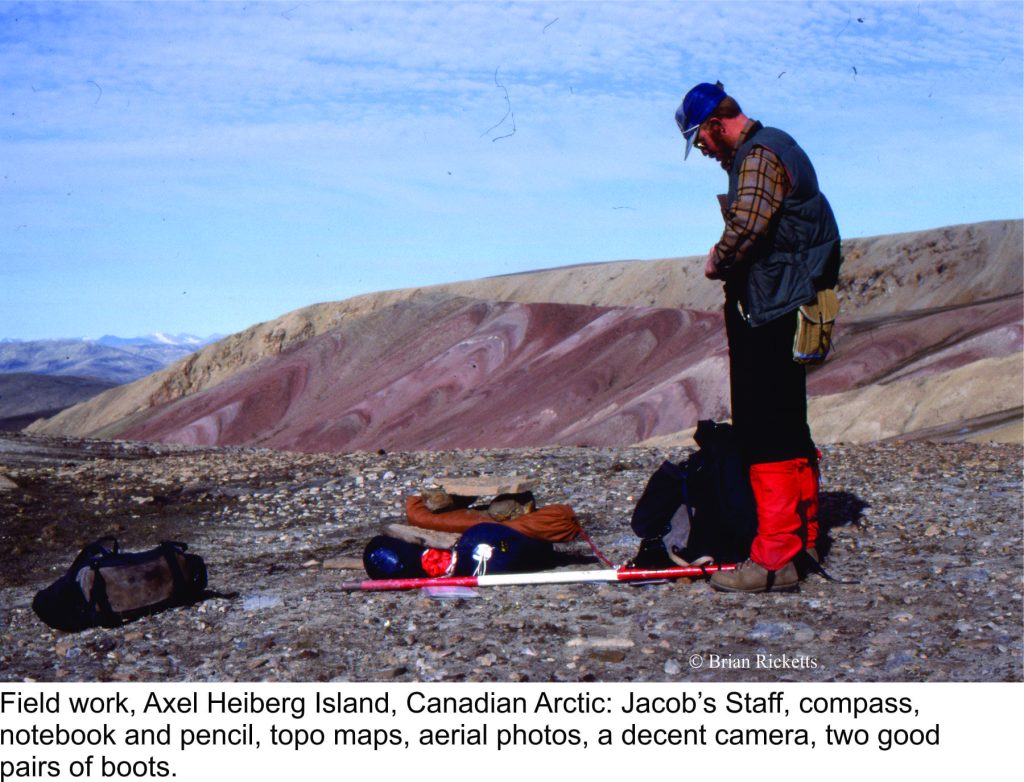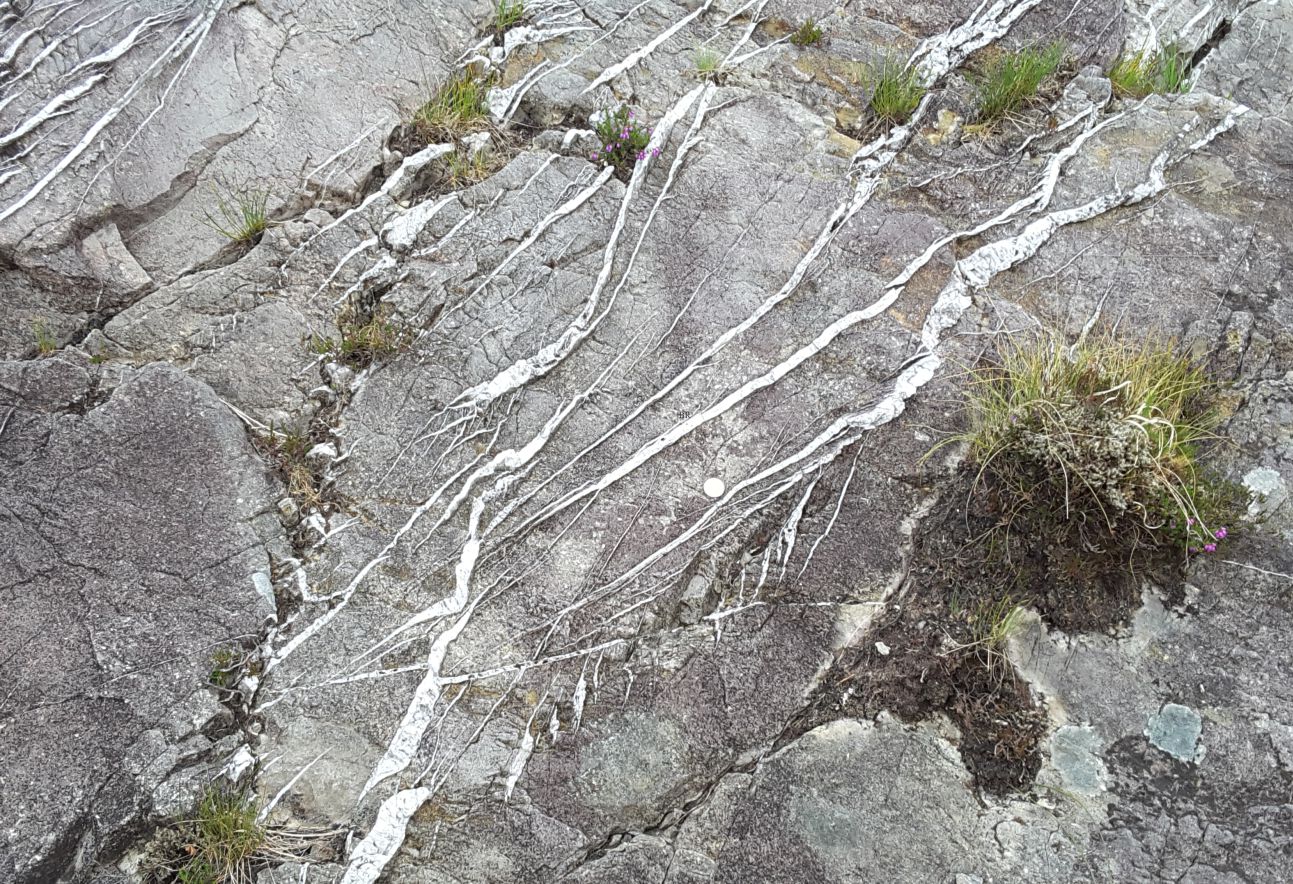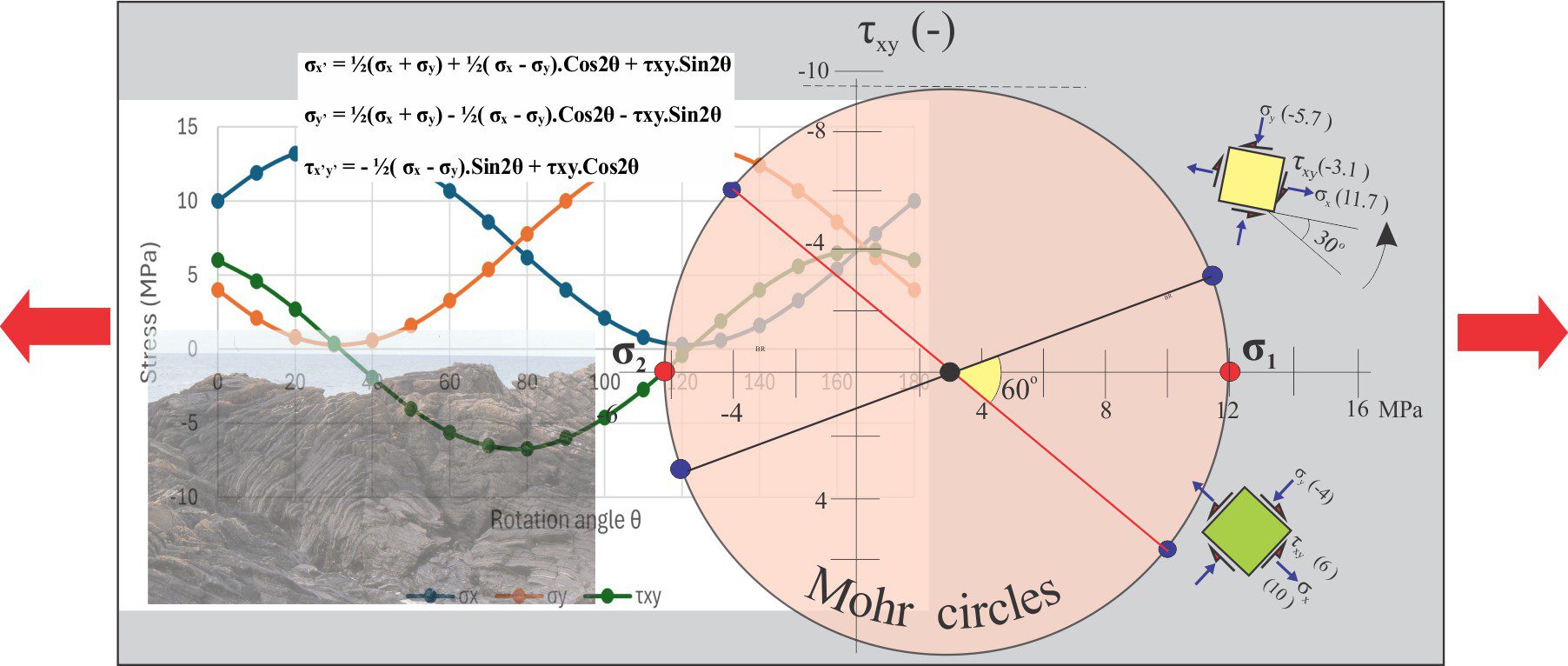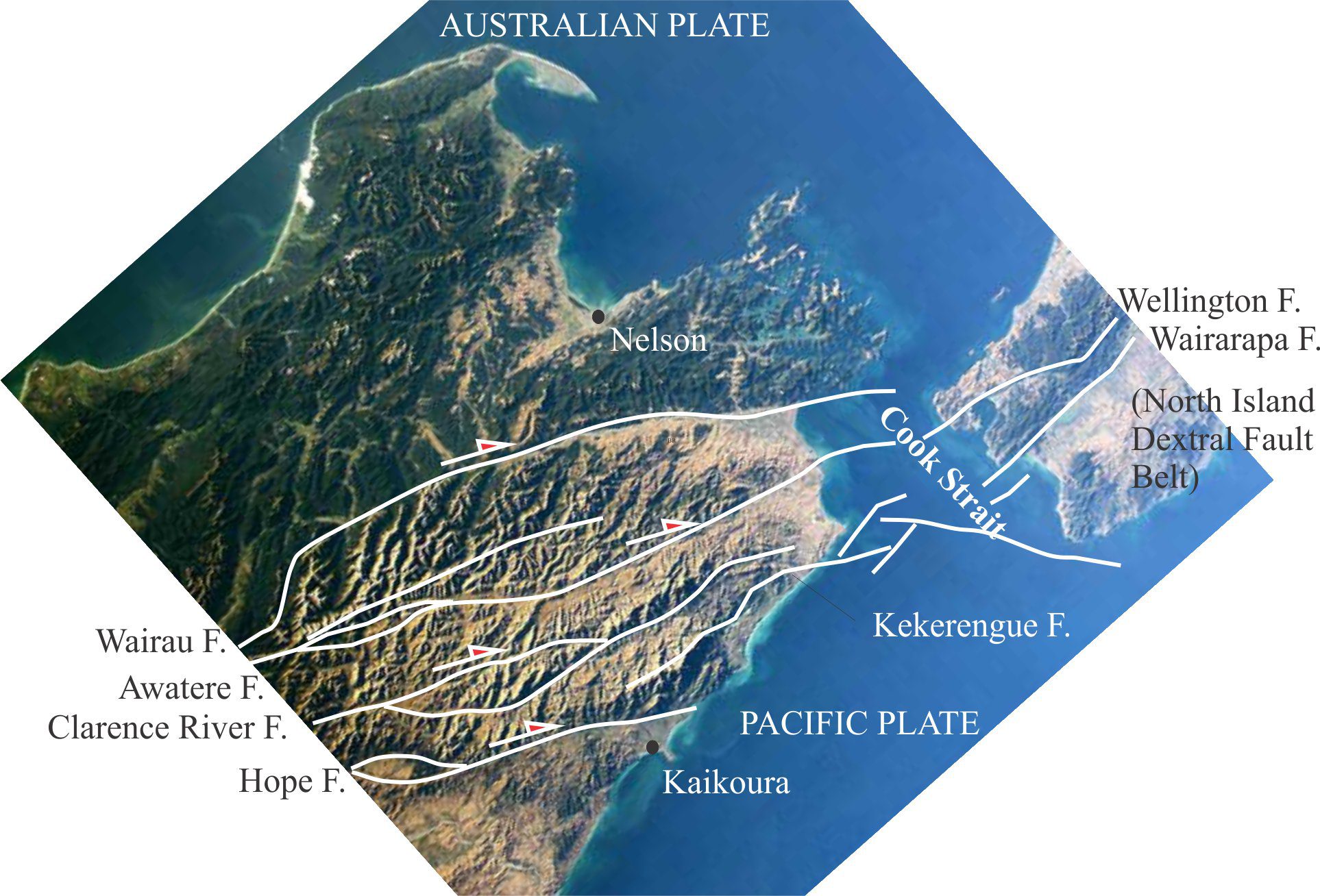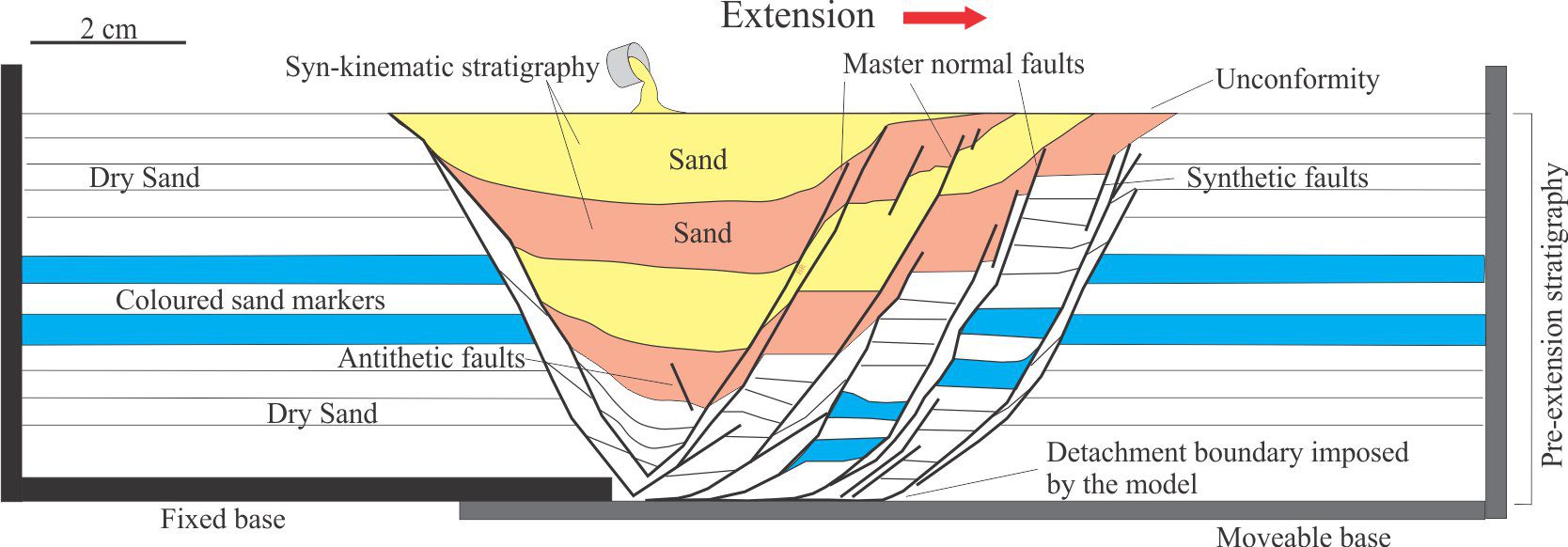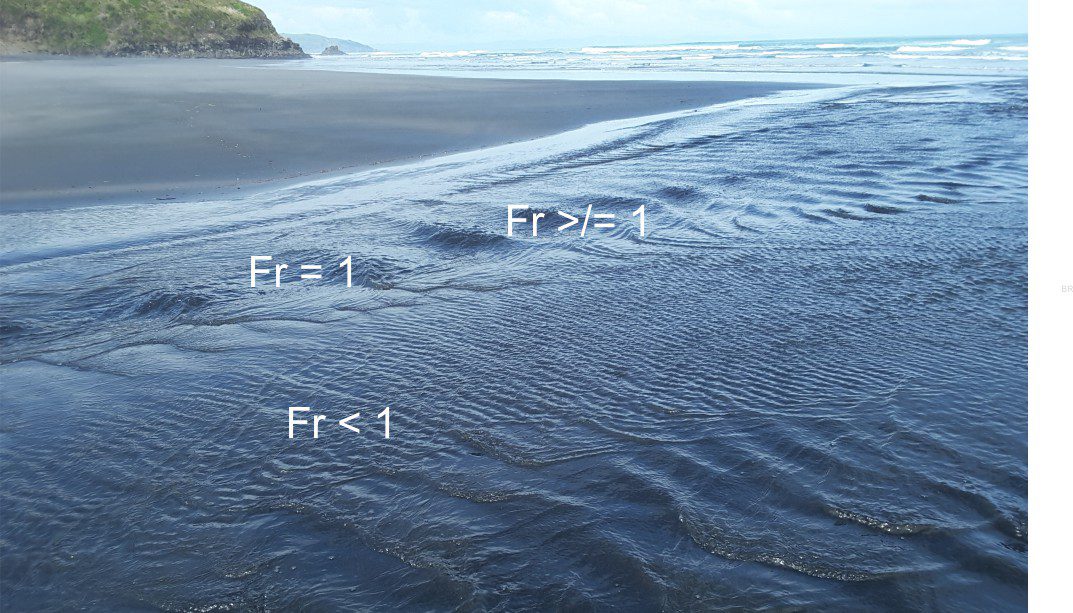Why I do this – about this website
I have been having fun with geology since 1969 – the year I learned there was such a thing. I was beginning my BSc at Auckland University, New Zealand majoring in chemistry and in the first term (now called semester) I needed an additional paper. A friend suggested I might find geology interesting; you know rocks, fossils and the like. I’ve never looked back. My career has spanned research, teaching and consulting. It has always been fun (albeit hard work). I’ve worked in places that were in my dreams, and met thousands of people along the way.
A geological life – if you would like to know a bit more about where I’ve come from and where I’ve been.
I hope to share some of this enthusiasm with the posts on this website . Most are intended for undergraduate geology – Earth science students, as school teaching resources. These posts are catalogued under the banner:
How to – A virtual classroom
The other posts are basically a contribution to SCICOMM for anyone wanting a bit of background on various geological topics.
Most articles are based on my own experience in Earth Sciences that, over the last 50 odd years has focused on sedimentary rocks; how they formed, what they represent as a record of ancient environments through deep time, and how they can be viewed as part of an evolving physical world and the evolving human understanding or appreciation of that world. Sedimentary rocks do not form in a vacuum, and so there are the inevitable forays into structural geology, tectonics, climate, and planetary geology.
The study of sedimentary rocks, or sedimentology, is a branch of Earth Sciences that in turn is an important component of the whole scientific edifice. No part of science is conducted in a vacuum, divorced from society; what scientist do, how they do it and what they discover impacts us all in one way or another. Some of the posts may dwell on these social contexts.
I do this for the love of it. I do not receive any remuneration for the site (and I don’t advertise). The website (www.geological-digressions.com) is not attached or beholden to any organization.
A number of colleagues have kindly donated images for certain categories of posts. They are all acknowledged, usually in the caption to an image. They are also acknowledged on a Contributors Page.
